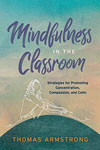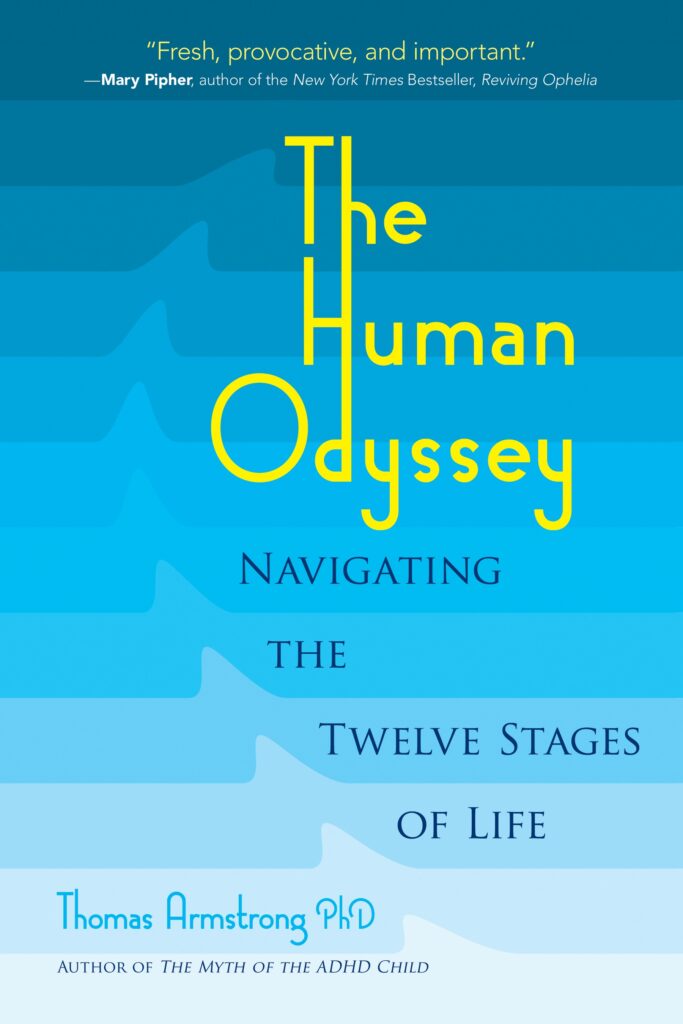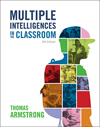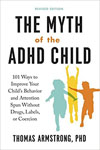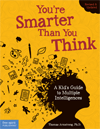 First, my complaint: I don’t like the direction that reading instruction has taken in this country, moving as it has toward lock-step teaching of phonemic awareness, incessant teaching of reading comprehension ”skills” (e.g. finding the main idea, making inferences etc.), and ”close reading” strategies (where the child is restricted to just what is in the text and nothing more). And even worse is the manner in which this material is delivered: through teacher-centered lectures, worksheets, workbooks, and testing. I wonder what the multi-billion dollar textbook (and e-program) industry might have to do with fueling this paper chase.
First, my complaint: I don’t like the direction that reading instruction has taken in this country, moving as it has toward lock-step teaching of phonemic awareness, incessant teaching of reading comprehension ”skills” (e.g. finding the main idea, making inferences etc.), and ”close reading” strategies (where the child is restricted to just what is in the text and nothing more). And even worse is the manner in which this material is delivered: through teacher-centered lectures, worksheets, workbooks, and testing. I wonder what the multi-billion dollar textbook (and e-program) industry might have to do with fueling this paper chase.
Back in the 1970’s, we taught reading by actually reading with kids (and talking with them about the sounds and meanings of words) and having conversations with them about what they were reading (that’s how we developed children’s reading comprehension). But more than that, we also planned activities that communicated the idea to kids that words are fun and can be played around with for one’s amusement. Here are five ways you can engage your homeschooled kids with the simple pleasure of words.
- Have a Pun Time. It’s typical for people to moan and groan after someone has told an especially ”bad” pun (usually ”bad” means it’s ”good”). But punning has been the stock and trade of some of the greatest writers in the world include Shakespeare and James Joyce (whose works have thousands of puns in them!), and has even had an impact upon world history. For a book that illustrates its puns, see It’s a Punderful Life. There’s also a card game based upon punning. To get the punning going, you might consult the Internet, but then as your kids catch on, you can take turns trading puns, and even have a contest for the ”pun of the day.”
- Twist Your Tongue a Tad. Tongue twisters provide great practice in developing articulation skills and also in teaching word sounds and word forms. ”Peter Piper pecked a peck of pickled peppers” is great not just for the alliterations (words that start with the same sound), but also teaches the ”ick” ”eck” “pep” and ”pipe” word forms. The trick is to say them as fast as you can without stumbling. One good source of challenging tongue twisters is 99 Tortuous, Tricky, Tough, Tongue Twisters by John Jester. You can find many others online.
- Breeze Along with Onomatopoeia. An onomatopoeia is a word whose meaning is expressed in the sound of the word (e.g. say the word ”breeze” drawing out the ”ee” and you’ll be speaking a very breezy word!). Once your child understands the concept, you can play along with him, finding existing words (or making up new words) that sound like they mean. You might use these categories to come up with great sounding words: machine noises (honk, beep, vroom), animal names (cuckoo, whip-por-whill, whooping crane), sounds of the impact of an object (boom, crash, thump, whack – see above photo from Mad Magazine), or voice sounds (giggle, growl, hiss). A book for young children that introduces this fun word family is A Mouthful of Onomatopoeia by Betty Anne Blaisdell.
- Explore Etymologies. Every wonder where the expression ”get your goat” came from? How about ”by and large”? We use these expressions without thinking about them, but in fact, they often have an interesting and even colorful history. Older kids and teens who already have developed vocabularies will especially be drawn to explore examples, with books such as The Play of Words by Richard Lederer or Dictionary of Word Origins: The Histories of More than 8000 English-Language Words by John Ayto. The Internet is also a good source of information about word origins; just type in the word or phrase and the word ”etymology” and Bob’s Your Uncle! (look that one up!).
- Have an Unusual Word Olympics. This activity involves looking for atypical words. I remember as a child telling people about the word ”antidisestablishmenttarianism,” which I thought was the longest English word in the world (Note: there are words that are longer). So go on a scavenger hunt for the longest word in the English language, or words with no vowels in them, or words that have three consecutive ”ttt”s in them, or words that are hard to pronounce. A great resource for finding unusual words is the Oxford English Dictionary (often called just ”the OED”). It contains EVERY known word in the English language (well, not really, since new words are always being created every day), or get a copy of Foyle’s Philavery: A Treasure of Unusual Words, and challenge your kids to use them in their everyday communications with friends and family.
I haven’t even talked about word games, word puzzles, and many other categories of strange, beautiful, ornery, and mysterious words. Perhaps another time! But hopefully, this will get you and your kids started on a magical mystical tour of the incredible (and incredibly inconsistent) English language!
For more information about innovative ways to teach literacy skills to kids, see my book The Multiple Intelligences of Reading and Writing: Making the Words Come Alive.
This page was brought to you by Thomas Armstrong, Ph.D. and www.institute4learning.com.
Follow me on Twitter: @Dr_Armstrong






